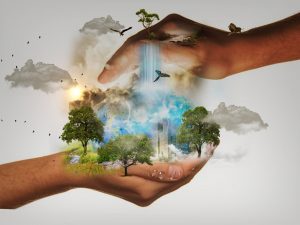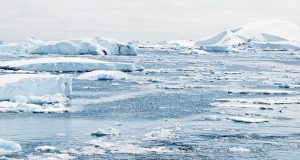How An Individual Can Protect The Environment

It is easy to decry the state of the environment and talk at length about the problems. The next step of fixing the problems and clearing the mess is more difficult.
There is ample information available now on cause and effect of different pollutants that pollute air, water and land. The solutions for these problems have also been worked out. In many cases these have involved innovations that the industries have been taking advantage of in the light of demand by consumers for greener products.
The article ‘Ways to Stop Pollution‘ cites many ways that much of major pollutions can be addressed. While all pollutions involve actions by individuals, the corporate sector and the government, keep in mind that the corporate sector is producing goods that require a market and consumers.
So there is a great deal that individuals can do to fix the major environmental challenges facing the world. A scientific study by a Norwegian team published in 2015, was carried out using data from 43 countries and about 200 products. They found products made for individual use was responsible for ‘60% of GHG global emissions’. Moreover, 50% to 80% of natural resources like land, materials, and water are used to manufacture goods used by households (1). Food was a major component and was responsible for 48% to 70% of the environmental impact that a household has on the environment. They found that the developed countries have a bigger impact, but many developing countries with rising income are also major contributors to pollution (1).
So by keeping the environment in mind while making purchases, individuals can be a major driving force in protecting the environment.
The article Ways to Stop Pollution was written for the digital magazine LoveToKnow, and was published this year, and provides some suggestions. This list is obviously not exhaustive and people can get imaginative in finding many other ways to tackle pollution.
Sources
- Ivanova D, Stadler K, Steen-Olsen K, Wood R, Vita G, Tukker A and EG Hertwich. 2016. Environmental Impact Assessment of Household Consumption. Journal of Industrial Ecology, 20: 526–536. doi:10.1111/jiec.12371

